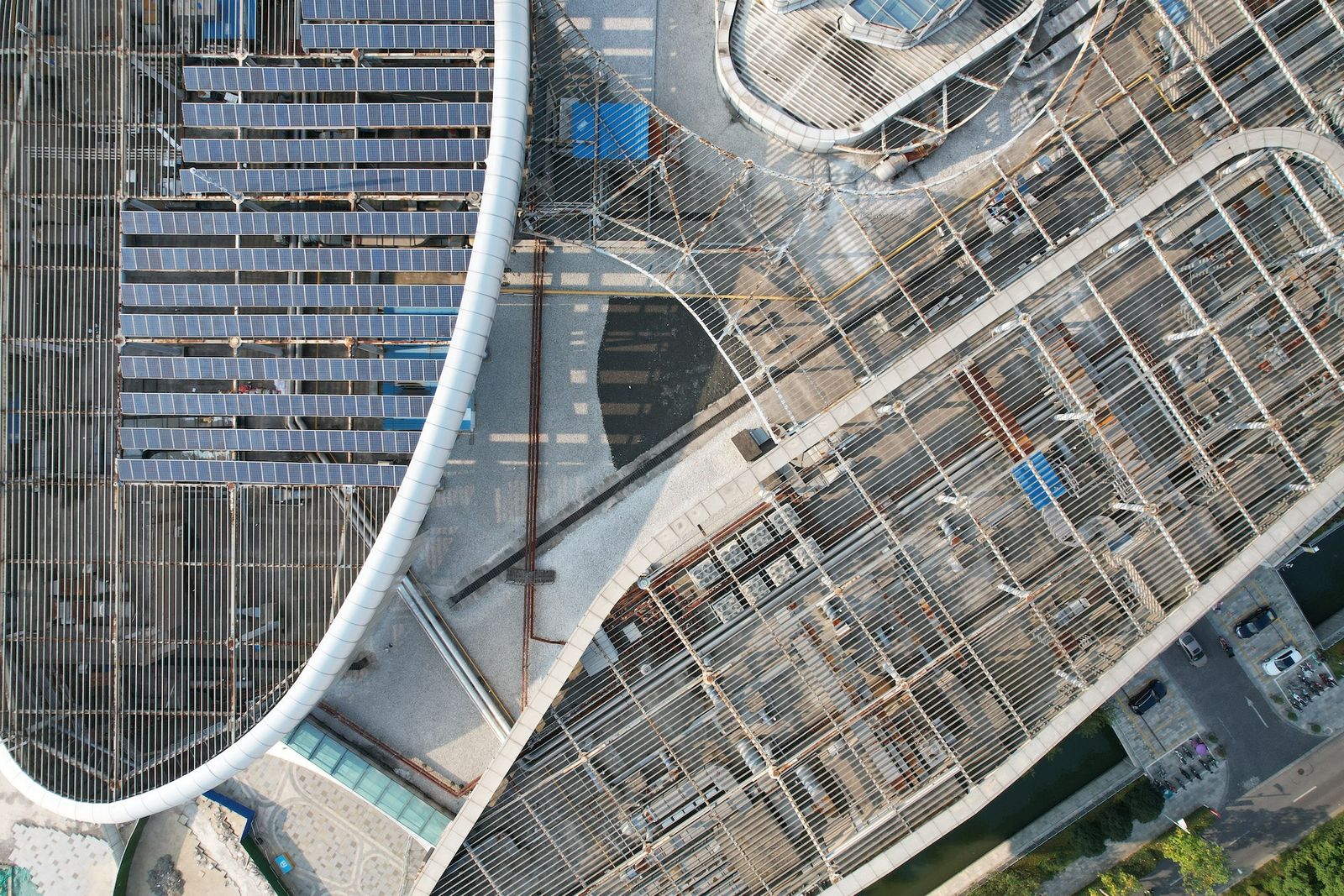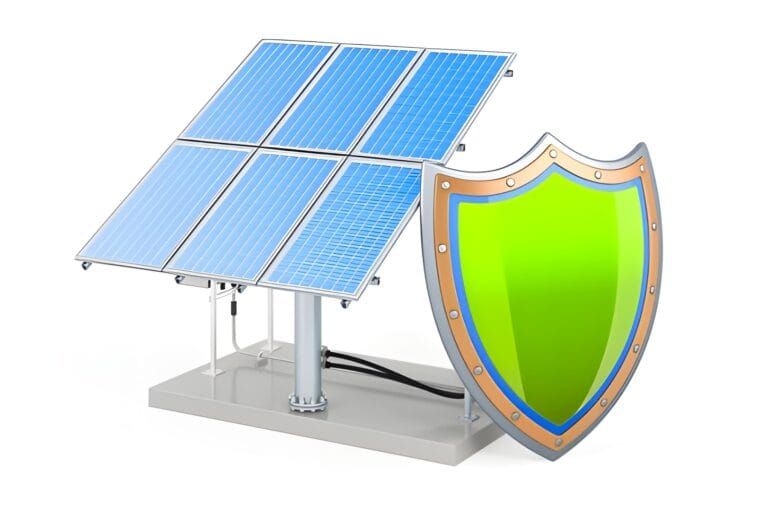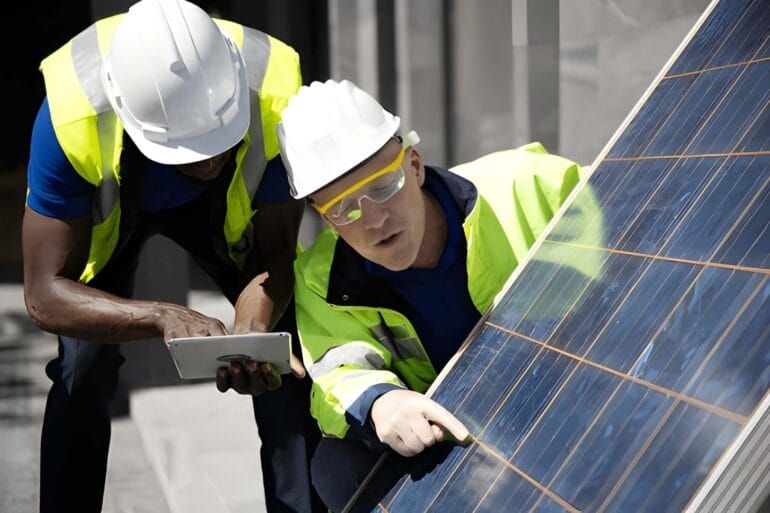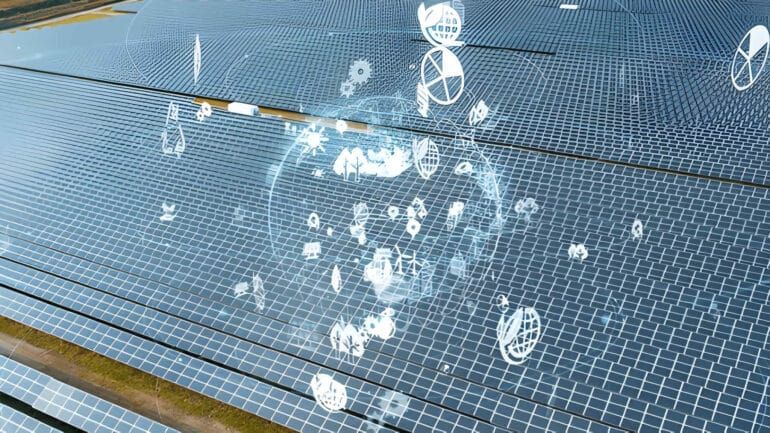It has been reported that Australian rooftop solar capacity has reached an impressive 20 GW. This achievement is significant, as it is set to overtake coal-fired capacity and become the country’s largest power generator in April, according to solar consultancy SunWiz. The anticipated shutdown of a New South Wales coal plant is expected to pave the way for this milestone in Australia’s renewable energy sector.
Solar energy will soon take the lead
It has been predicted that rooftop solar energy will soon take the lead as Australia’s primary power generation source, surpassing coal as of April, when the Liddell coal power station is set to retire.
As per the Clean Energy Regulator’s REC Registry analysis, the installed capacity of rooftop solar in Australia has recently achieved the 20 GW milestone, with more than 3.4 million solar power systems in place in households and businesses throughout the country.

This transition marks a significant milestone in Australia’s renewable energy journey, as the country moves towards a greener and more sustainable future.
world’s solar energy adoption
As per Johnston, Australia has taken the lead in the world’s solar energy adoption, with a remarkable 1.2 kW of solar power per person.
This accomplishment is attributed to the fact that solar power systems in Australia are more economical than in any other country, which understandably encourages more people to switch to solar energy.
It is a notable achievement for Australia to be at the forefront of per-capita solar uptake, demonstrating the country’s commitment to advancing the adoption of renewable energy.
Over 8,000 certified solar installers across Australia
Sunwiz reports that there are currently over 8,000 certified solar installers across Australia.
Alongside the widespread adoption of rooftop solar systems, the country also boasts over 11 GW of industrial solar power systems and grid-scale solar farms.
This significant development highlights the country’s growing investment in renewable energy infrastructure and the efforts made to enhance the country’s clean energy capabilities.
Did you know that Queensland is home to more than 5.2 GW of rooftop solar power and is rapidly approaching the milestone of 1,000,000 installations?
Meanwhile, New South Wales currently leads the market in installing rooftop solar power, with an impressive rate of nearly 100 MW per month.
South Australia has taken the lead in per-household solar power adoption, with solar power systems installed in over 45% of dwellings.
And, the Australian Capital Territory has emerged as the fastest-growing market in the country for solar power in 2022, making remarkable strides toward a cleaner, more sustainable future.
These achievements are an indication of Australia’s increasing emphasis on renewable energy and its commitment to reducing its carbon footprint.
Declining Solar Panel Costs
Another significant factor driving Australia’s rooftop solar boom is the declining cost of solar panels. Over the past decade, there has been a considerable reduction in the price of solar photovoltaic (PV) panels, making them more affordable and accessible to a broader range of consumers.
Technological advancements, economies of scale, and increased competition in the solar industry have contributed to the falling prices of solar panels. This has made rooftop solar installations a financially viable option for homeowners and businesses, enabling them to achieve energy cost savings and reduce reliance on traditional electricity grids.
Government Support and Incentives
The Australian government’s support and incentives for renewable energy have played a crucial role in the widespread adoption of rooftop solar systems. Various initiatives, such as the Small-scale Renewable Energy Scheme (SRES) and feed-in tariffs, have encouraged individuals and businesses to invest in solar energy.
The SRES provides financial incentives in the form of small-scale technology certificates (STCs) to households and businesses that install eligible solar PV systems. These certificates can be traded and sold to help offset the upfront costs of installing solar panels. Additionally, many Australian states and territories offer generous feed-in tariffs, allowing solar system owners to receive credits or payments for the excess electricity they feed back into the grid.
Environmental and Financial Benefits
The environmental and financial benefits associated with rooftop solar power have been significant drivers of its adoption in Australia. Solar energy generation produces zero greenhouse gas emissions, contributing to the reduction of Australia’s carbon footprint and addressing climate change concerns.
In addition to the environmental advantages, rooftop solar systems offer financial benefits to homeowners and businesses. By generating their own electricity, solar system owners can offset their energy consumption from the grid, resulting in reduced electricity bills. The long-term savings and potential for energy independence make rooftop solar a compelling choice for Australians seeking to take control of their energy costs.
Job Creation and Economic Growth
Australia’s rooftop solar boom has not only contributed to sustainable energy production but also spurred job creation and economic growth. The solar industry has become a significant source of employment, providing opportunities for skilled workers and driving economic activity across the country.
The installation, maintenance, and servicing of rooftop solar systems require a skilled workforce, creating jobs in various sectors such as manufacturing, engineering, and construction. This industry growth supports local businesses and stimulates economic development, further strengthening Australia’s renewable energy sector.
Australia’s achievement of surpassing 20 GW of rooftop solar capacity demonstrates the nation’s commitment to renewable energy and sustainability. The combination of favorable solar resources, declining costs, government support, and environmental and financial benefits has propelled the adoption of rooftop solar across the country.
With its rooftop solar capacity hitting 20 GW, Australia stands as a shining example of the remarkable progress that can be achieved through widespread solar adoption. As the country embraces the power of the sun, it paves the way for a brighter and more sustainable future for all.
Grid Stability and Distributed Energy
The remarkable growth of rooftop solar capacity in Australia has also contributed to grid stability and the concept of distributed energy generation. Traditionally, electricity grids rely on centralized power plants to meet the energy demands of consumers. However, the rise of rooftop solar installations has introduced a decentralized approach, where energy is generated closer to the point of consumption.
This distributed energy model helps alleviate stress on the grid during peak demand periods, as rooftop solar systems produce electricity right at the source of consumption. It reduces the need for long-distance transmission and minimizes energy losses associated with transmitting electricity over long distances.
Moreover, rooftop solar systems have the potential to generate surplus electricity during periods of high solar irradiation. This excess energy can be fed back into the grid, enhancing grid resilience and enabling a more efficient use of renewable resources.
Community Engagement and Empowerment
The success of rooftop solar installations in Australia goes beyond individual households and businesses. It has fostered a sense of community engagement and empowerment. Many Australians have formed local solar communities, sharing experiences, knowledge, and best practices related to solar energy.
These communities often organize collective purchasing programs, where a group of homeowners collaboratively negotiates favorable pricing and installation services for their solar systems. This approach not only helps reduce costs but also creates a sense of camaraderie and solidarity among participants.
Community-based solar initiatives have also emerged, allowing residents in apartment buildings or communities without suitable rooftops to collectively invest in larger solar installations. This allows more people to benefit from solar energy and participate in the renewable energy transition.
Future Opportunities and Challenges
With Australia’s rooftop solar capacity reaching 20 GW, there are both opportunities and challenges that lie ahead for the country’s renewable energy sector. Looking to the future, there are several key areas to consider:
- Energy Storage Integration: As rooftop solar installations continue to grow, the integration of energy storage systems, such as batteries, becomes increasingly important. Energy storage technologies enable homeowners to store excess solar energy generated during the day for use during the evening or times of low sunlight. By coupling solar panels with energy storage, individuals can further maximize their energy independence and reduce reliance on the grid.
- Grid Integration and Management: As rooftop solar capacity expands, grid integration and management become critical to ensuring a smooth and stable transition to higher levels of renewable energy. This includes optimizing the coordination between distributed energy resources, such as rooftop solar systems, and the overall electricity grid. Advanced grid management technologies, smart meters, and demand-response programs can help balance energy supply and demand, ensuring grid stability and efficient utilization of renewable resources.
- Continued Government Support: Ongoing government support and policies will play a vital role in sustaining the growth of rooftop solar installations. Governments can provide incentives, subsidies, and favorable regulations to encourage homeowners and businesses to adopt solar energy. Long-term policy certainty and a stable investment environment are crucial for attracting further private investments in the renewable energy sector.
- Innovations in Solar Technology: The advancement of solar panel technology continues to drive improvements in efficiency, durability, and aesthetics. Innovations such as bifacial solar panels, thin-film technologies, and integrated solar solutions offer new possibilities for maximizing energy generation and integrating solar panels into various architectural designs. Continued research and development in solar technology will further enhance the attractiveness and effectiveness of rooftop solar installations.
- Education and Awareness: Increasing education and awareness about the benefits of rooftop solar power can further accelerate its adoption. Providing accessible and accurate information to homeowners, businesses, and communities about the financial, environmental, and social advantages of solar energy can inspire more individuals to embrace this clean energy solution. Education campaigns, workshops, and community outreach initiatives can play a significant role in promoting rooftop solar installations.
Conclusion
Australia’s achievement of reaching 20 GW of rooftop solar capacity is a testament to the nation’s commitment to renewable energy and sustainability. The combination of favorable solar resources, declining costs, government support, and increasing public awareness has propelled the growth of rooftop solar installations.
As Australia looks to the future, there are opportunities to further optimize rooftop solar systems through energy storage integration, improved grid management, continued government support, technological innovations, and enhanced education and awareness. These efforts will contribute to a more resilient, efficient, and sustainable energy future for the country.
By embracing rooftop solar power, Australians can not only reduce their carbon footprint, save on energy costs, and contribute to a cleaner environment but also become active participants in the transition towards a renewable energy future. Australia’s rooftop solar capacity reaching 20 GW marks a significant milestone, and the journey towards a greener and more sustainable energy landscape continues with great promise.







